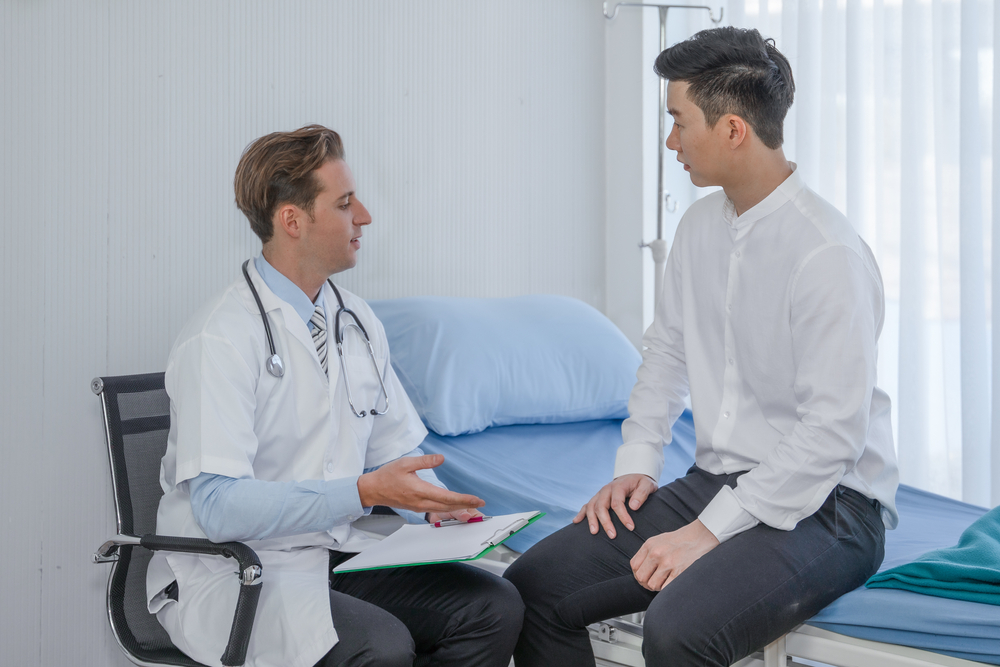Flexible sigmoidoscopy is an examination test that is performed to visualize the inside of the sigmoid colon, specifically at the end of the colon. During this test, they used an endoscope, a thin tube with a camera, to see if there is a problem within your gastrointestinal organs and to have the exact diagnosis. This endoscope is known as a sigmoidoscope. Your doctor will ask for this procedure if you experience abdominal pain, bleeding in your rectal, and bowel problems. This test may also determine if you have colon and rectal cancer. By this process, your doctor may know the real problem of your symptoms. A flexible sigmoidoscopy can make you see if you have swollen polyps, ulcers, and even cancer. This test is the same as colonoscopy, but it is not as far as that. This procedure takes more than 10-20 minutes, and it can be done at the professional office.


